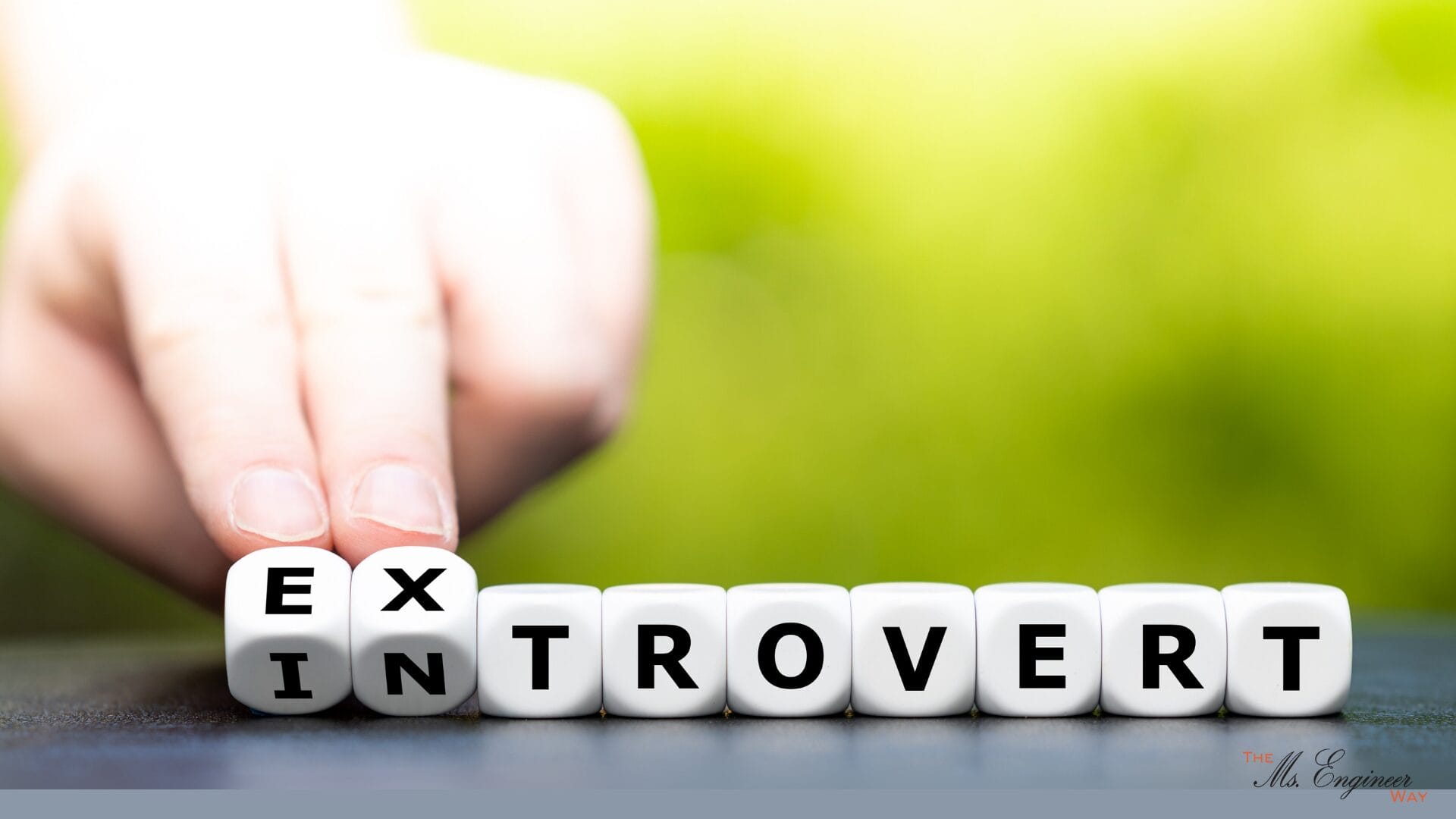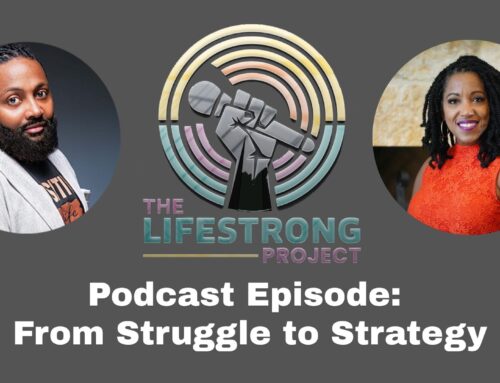One of the most misunderstood dynamics in the workplace—and even in our families—is the idea that people are either introverts or extroverts. Full stop. As if it’s binary.
But personality doesn’t fit neatly into checkboxes. The reality is that introversion and extroversion operate along a spectrum—and most of us land somewhere in the middle. That nuanced understanding can transform how we relate to others and show up in our leadership.
Meet the Social Introvert (Yes, That’s a Thing)
How many of you know someone who lights up during conversation, tells great stories, and even leads a lively team meeting—but later needs serious alone time to recover? That’s a social introvert.
Social introverts aren’t shy or antisocial. They just draw their energy internally. So while they can be chatty and expressive, they eventually hit a wall—and that’s perfectly natural. They’re not “faking it,” they’re managing their energy.
Contrast that with someone on the farther end of the introversion scale—like a colleague who avoids group discussions and may physically recoil at the idea of presenting. They, too, are introverts—but their threshold for social energy is different.
The Hidden Side of the Life of the Party
Now flip the coin. Picture the extroverted dynamo who commands the room, delivers killer presentations, and seems to thrive on external engagement. You’d assume they’re always “on.”
But here’s the twist: when the lights dim and the applause fades, they may head straight for their PJs, phone on “Do Not Disturb.” That post-social crash is real. Even the most outwardly energetic people need to replenish—especially when they’ve been “on” for extended periods.
So yes, they’re extroverts. But even they have limits.
My Truth: Fun, Outgoing… and Still Need Time Alone
Every personality style assessment I’ve ever taken tells me the same thing: I’m a fun, outgoing nerd. And because of the “fun, outgoing” part, people expect me to connect easily, speak up often, and enjoy every interaction.
And many times, I do! But sometimes I need to withdraw—to pause, reflect, and make sense of what’s going on around me (and yes, maybe even overthink it just a little).
That’s not me being distant or disengaged. It’s me recharging—so I can come back stronger, more focused, and fully present.
Understanding this about myself helps me extend the same grace to others. Not everyone’s energy shows up the same way—and that’s okay.
Why This Matters in Leadership and Life
When we reduce people to a single personality label, we risk misunderstanding their needs, talents, and triggers. Labels like “introvert” and “extrovert” can be helpful starting points, but they shouldn’t be final verdicts.
As inclusive leaders (and even just good humans), we must learn to ask:
- Where on the spectrum is this person?
- How do they recharge best?
- What environment helps them thrive?
That’s where real connection and collaboration begin.
Backed by Research
This idea of the introversion–extroversion spectrum isn’t just anecdotal—it’s backed by psychological research. Carl Jung’s early work defined these as tendencies rather than absolutes, and modern personality science supports the concept of ambiversion, a term for people who exhibit traits of both ends of the spectrum.
For more on this, check out “The Real Difference Between Introverts and Extroverts” by Susan Cain, author of Quiet.
Final Thought: It’s a Spectrum, Not a Scorecard
Whether you’re coaching a team, managing a meeting, or nurturing a relationship, understanding the introvert-extrovert spectrum can help you lead with empathy.
Let’s stop trying to categorize people with either/or thinking and start seeing them for who they truly are—complex, evolving, and human.
Let’s Keep the Conversation Going
Where do you land on the introvert–extrovert spectrum?
Have you ever felt misunderstood because of how you show up socially or in leadership?
I’d love to hear your experience—drop it in the comments or message me directly. Let’s grow together.






